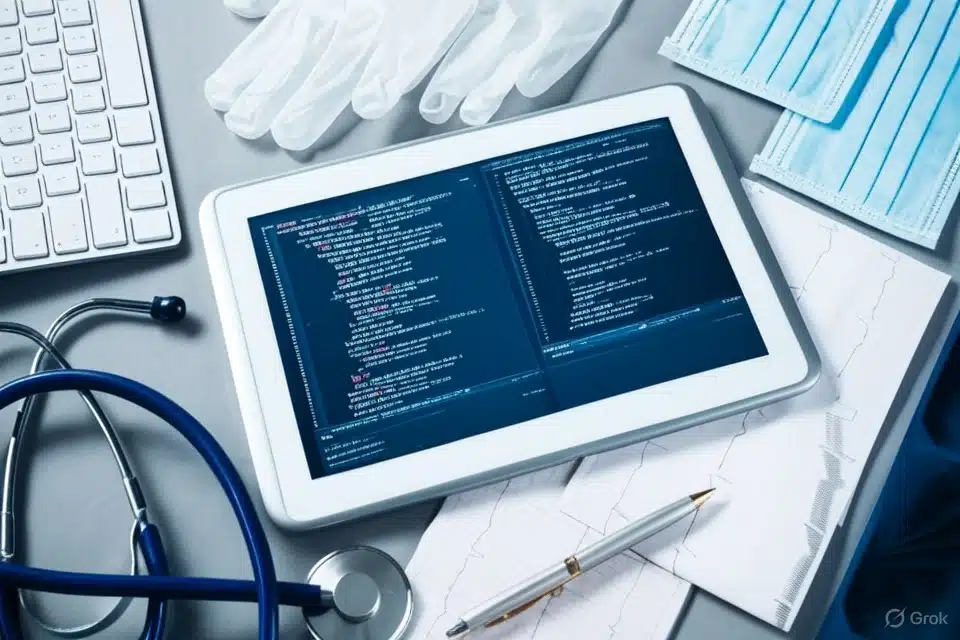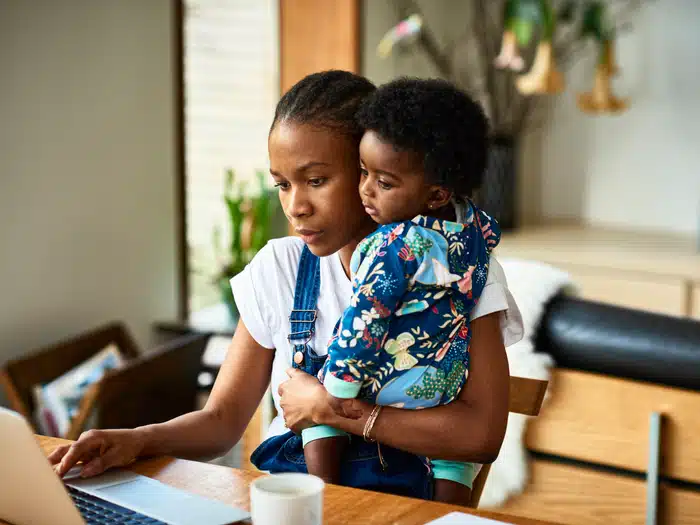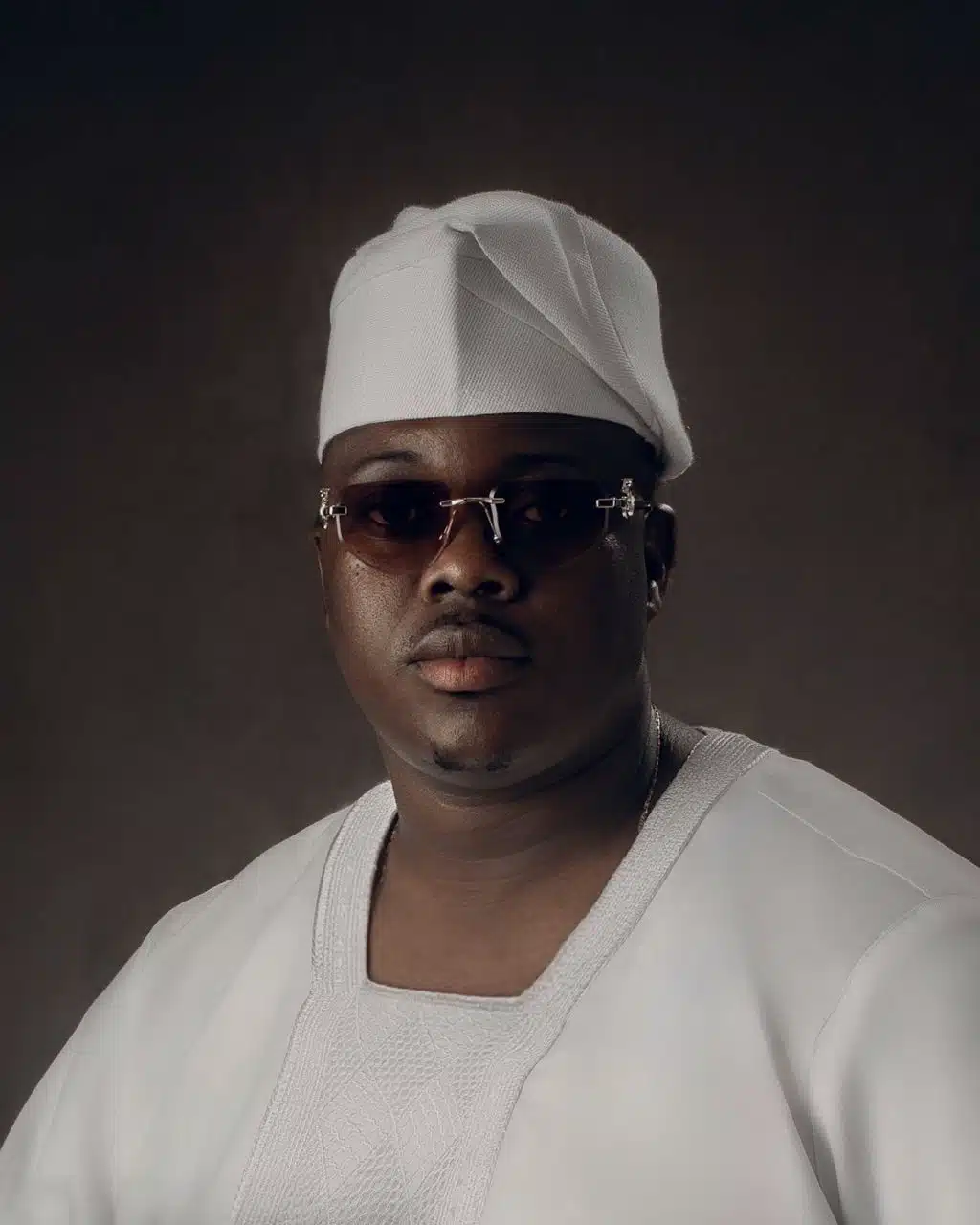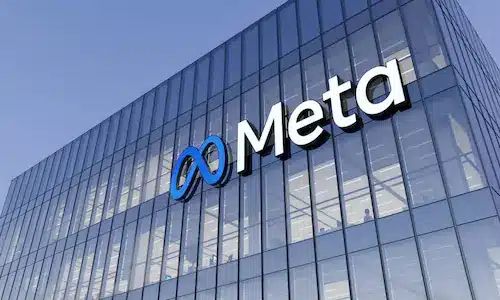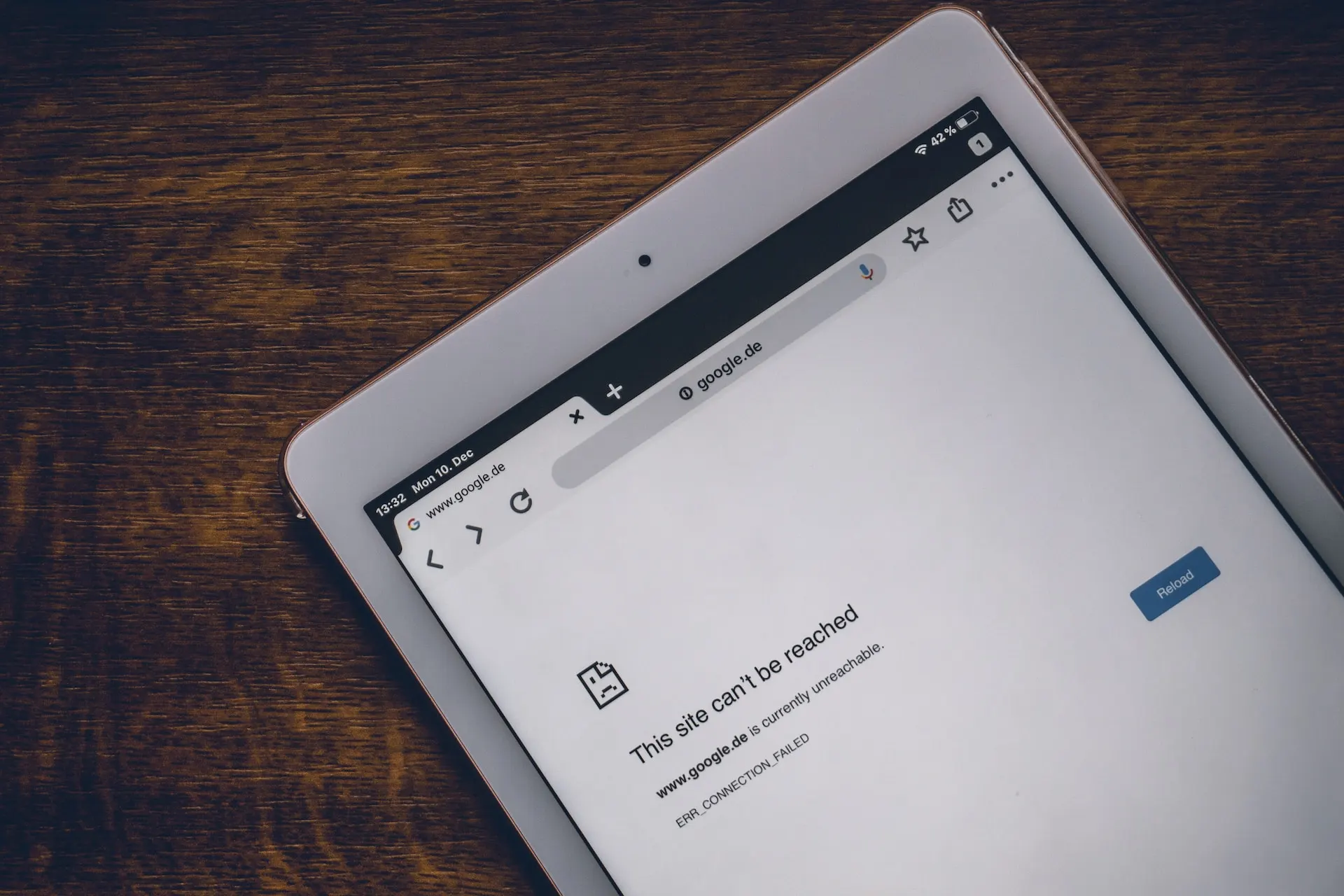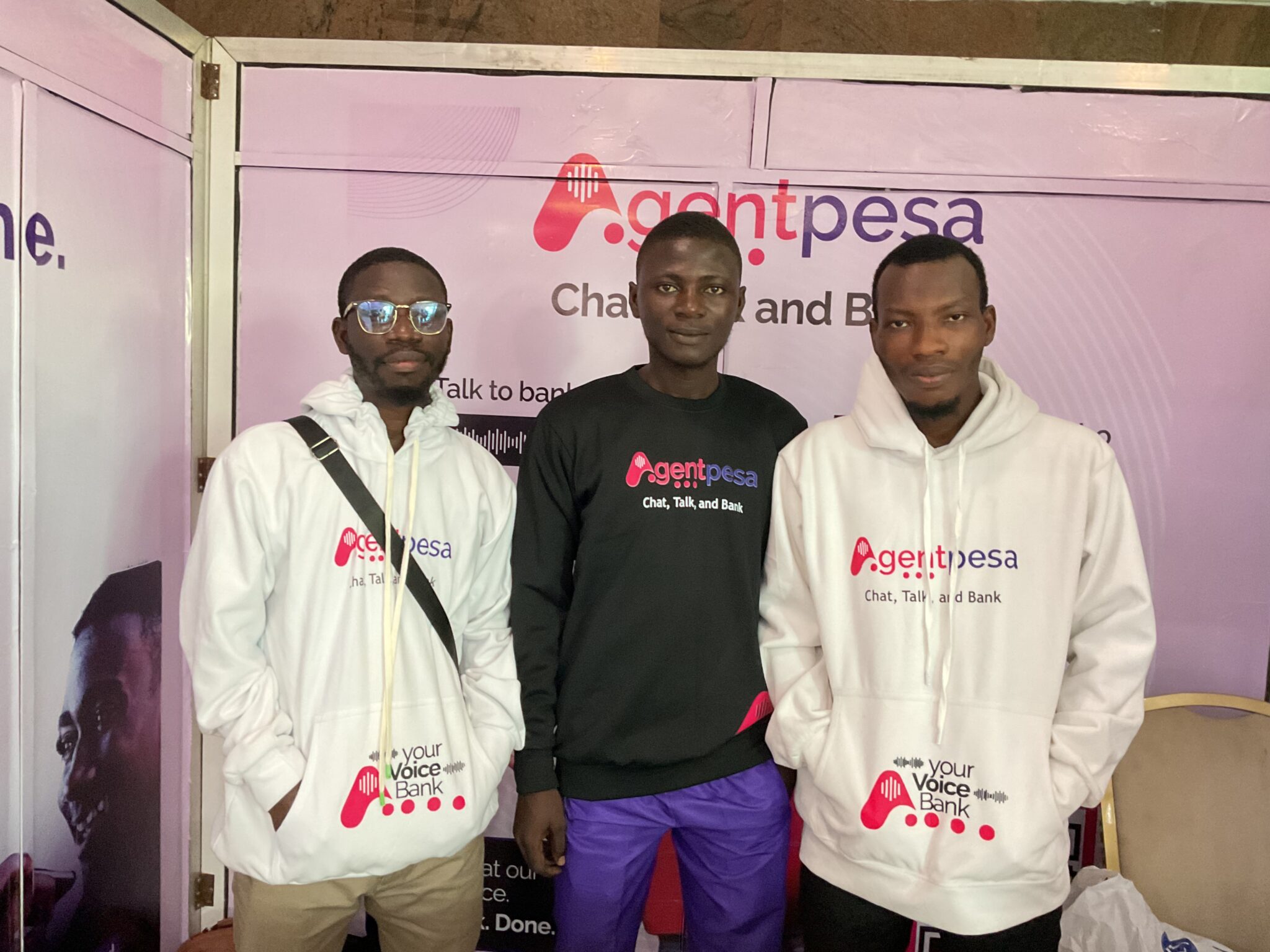Tobiloba Adebayo is a final-year medical student at the University of Lagos (UNILAG), juggling schoolwork, clinical experience, and a tech career.
His transition into software development has been challenging, particularly as he balances the demands of school and work while maintaining his well-being.
In this edition of After Hours, Adebayo shares his story as a Nigerian medical student with aspirations to create tech solutions for Africa’s healthcare sector.
Life as a medical student
It’s a life I’ve lived for about eight years now, and if I had to sum it up in one word, I’d say it’s been stressful. To be more positive, I’ll say it’s shown me that I can do much more than I give myself credit for.
Medicine requires you to read a lot, and you’re able to withstand long hours of work. For the most part, it has been both stressful and rewarding. There’s this feeling you get from watching your patients recover.
On the flip side, it’s a serious commitment. You’ll find yourself working through holidays, taking full-year courses, and getting maybe a week off before jumping right back for the next session. It’s a full-time job, basically.
While I don’t want to sound like we’re different from people studying other courses, the fact remains that the structure of the programme has a lot more information compressed into a short time. Most other courses are broken into semesters, but medicine is like a continuous programme.
Even after medical school, there’s still a one-year internship before you can get a permanent licence. Sometimes, you’re on call for four to six hours straight. It’s very demanding.
Getting into tech
I started coding in 2020, when I was in 200 Level. However, I had to take a break for a while due to school commitments. If I were to estimate, I have been a developer for about three years now.
There was COVID-19, and I wanted to learn something new. Some of my friends were reading, but I didn’t really want to read when I didn’t know when the curfew would be lifted.
I started off learning UI/UX design because a close friend was into it. I downloaded Figma, but it just wasn’t for me.
So I started learning web development. I researched more about health tech companies that were into telemedicine. I looked for people who were doctors previously but were building tech solutions in Nigeria.
At some point, I realised that tech wasn’t mutually exclusive with medicine. I could merge both, and I discovered that I could make something meaningful out of it.
I would have loved to say I was self-taught, but I don’t know if there’s anything like that. It was a combination of YouTube Videos, Udemy courses, and a few articles from different tech blogs. There were also extensive Google searches.
Whenever I opened YouTube, I found videos on web development and JavaScript, and I found it interesting. I could write code and see the result. Coming from a medical background, that was fascinating.
I took it a step further. I learnt Solidity after joining a Web3 group during a particular strike period.
Then, I competed in a Polygon hackathon, and even though my team did not win, we got the consolation prize. So basically, I had tried other things but always circled back to front-end web and mobile app development.
First project, first job, first work experience
After learning for a while, I built a clone of Gmail’s UI and shared it on Twitter and LinkedIn. It got quite a number of interactions, and that landed me my first job.
I thought I knew a lot, until I joined the team and realised there were better ways to do things. Luckily, I had a lead engineer who took me under his wing.
He was pretty much like a guide for the entire year I worked there. He reviewed my work, corrected my code, and taught me the basics and processes. Even though it was a full-time job, it felt like an internship.
Learning on my own, I never really had that guidance, and most people around me were in the medical field, so it wasn’t like I could ask them. We’ve stayed in touch even after I left the company, and he has also referred me to some freelance gigs.
Since then, I’ve worked with different teams, including GoNomad, which was my first experience with a proper company structure. I also did not spend much time there because of school, but it was a wholesome experience.
I’m currently working with another company providing security solutions as a front-end web developer, though I can’t share much about that yet.
The value of community
The most difficult part of starting something completely new was that I did not have anyone who could relate to what I was doing at the time. None of my classmates could relate, and I had no peers to collaborate with.
I was alone in my cocoon, trying to do web development alone, which made me inconsistent with much of my work.
Whenever I encountered an issue, I had to rely on YouTube or Google. Sometimes, when I couldn’t figure things out, I’d just abandon the problem and come back weeks later to sort it out.
Balancing school and a tech career
I would love to say it’s balanced, but the truth is it’s not.
As much as possible, I try to have a weekly to-do list that allows me to plan accordingly. I try to make the most of every 24 hours while juggling class, reading, research, clinical activities, and work.
Unfortunately, this leaves little room for leisure. I can’t even remember the last time I sat down to watch a football match. I’m either catching up with work or meeting my academic demands.
There are times when I had to step back from work, like in 2022 when I resigned from a role because of exams. Trust me, writing a medical exam and managing a full-time job is very overwhelming.
While I try to maintain a balance, it’s always difficult when exams are approaching.
Medicine vs Tech
If I had to choose one, I’d pick tech. But I’m not just looking to become a software engineer. My goal is to utilise my knowledge in medicine and explore the intersection with my technical skills.
There are not many doctors who code, and I might be wrong, but this position puts me in a unique position to address many healthcare issues with technology.
There is still a huge gap in healthcare delivery. Some things have been done, and some are still pending, and that is something I can contribute to. For example, there are EMR platforms easing workflow for patient management.
There’s room for many more technological advancements to emerge in the healthcare space, and I feel that if I stick around for longer, something is going to happen. I have started some projects in line with that vision.
Building for the healthcare sector
There’s a project called MAYA I worked on with a colleague; it’s centred on post-maternity care for mothers. While the focus has always been on the mother before birth and during the pregnancy period, there are also delicate periods.
For example, the time immediately after birth, most importantly the first six weeks, is a crucial period, and it often feels like few people pay attention to that part of life.
The idea was to develop an emergency service for post-delivery care for pregnant women. A mother can notify the hospital, request an ambulance, and receive treatment if she or her baby experiences any emergencies within the first six weeks after birth.
It’s still in the works, but it’s the kind of solution that would impact the healthcare sector in Nigeria and Africa.

